While grading your papers on composition I discovered that quite a few of you seem to be having difficulty understanding the difference between these two terms. I'd like to try to clarify this for you.
PERSPECTIVE:
Imagine standing on a path with a row of trees running along the side. As you look out to a point on the horizon, you’ll naturally see that the path, and the trees appear to get smaller the further away they are from you. This demonstrates the principle of linear perspective. When you shoot a photo that clearly shows linear perspective (objects getting smaller the further they are away from you), you visually add a greater sense of depth to the image. An explanation based upon the rules of geometry can be found at http://www.ski.org/CWTyler_lab/CWTyler/Art%20Investigations/PerspectiveRules/PerspectiveRules.html . A less complicated explanation which addresses the topic as it relates to art is presented at http://www.handprint.com/HP/WCL/tech10.html .
POINT OF VIEW:
Point of view refers to the physical location of the camera with respect to the subject. Every scene has many points of view. Your job is to find a viewpoint that is unique and interesting. There is no law that says all pictures have to be taken from eye level and straight on. In fact, this type of photo is usually somewhat boring and uninspired. By taking a picture from a different angle, you can produce a totally new feeling, mood or effect. The worm's eye view can be pretty interesting. By lying down on your stomach, you can get flowers in the foreground to frame your subject. If you are taking pictures of small children or pets, getting the camera down on their level can improve results. You can also avoid cluttered or ugly background by changing your point of view. Climbing up on things and looking down from a high point of view offers lots of different opportunities. The creative photographer will experiment with many different positions of the camera. Read more about this at http://www.montenagler.com/Article021906.asp
skip to main |
skip to sidebar
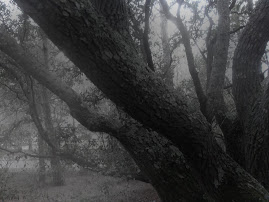
by Casey Sloate

student work 2006-07
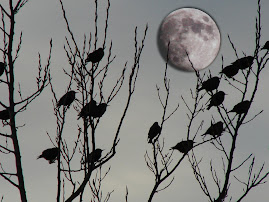
student work 2006-07
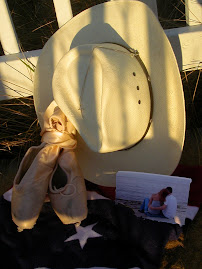
by Carleigh O'Shell

by Colleen Pratt


by Melanie Broadhurst
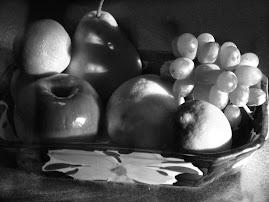
Student Work 2006-07

Student work-- 2006-07

Created by Ms. Finch during presentation in class
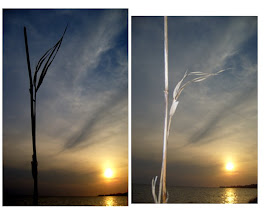
with and without flash
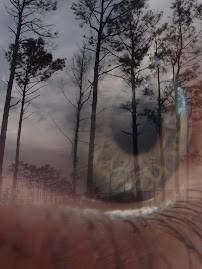
by Raleigh Thompson

By Caroline Zarate

06-07 student work
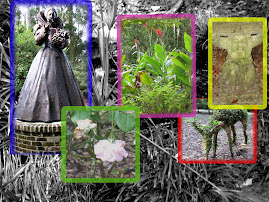
06-07 student work

Katherine Spruill

by Willie Lafountaine

by Bryttanie House
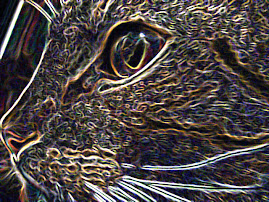
by Catherine Peters

2006-07 Student Work


Full Focus
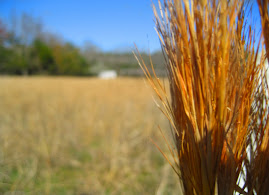
selective focus

Student Work

by Lauren Shultz

student work 2006-07

from the last 'Spirit Week'!



Samples of "Bold & Colorful" Photography

2nd period
Art Show Winner!

by Casey Sloate
sample Black and White

student work 2006-07
sample B&W

student work 2006-07
Sample Metaphor Self-Portrait

by Carleigh O'Shell
Sample Metaphor Self-Portrait

by Colleen Pratt
Sample Action Poster w/Text

Sample Action Project

by Melanie Broadhurst
Example of Still Life

Student Work 2006-07
Example Backlit Landscape

Student work-- 2006-07
sample collage

Created by Ms. Finch during presentation in class
Backlit Example

with and without flash
Macro of Eye used in collage

by Raleigh Thompson
Sample montage

By Caroline Zarate
Montage

06-07 student work
sample montage

06-07 student work
Sample Catalog Page

Katherine Spruill
Sample Catalog Ad

by Willie Lafountaine
Sample Catalog Page

by Bryttanie House
A Winner from Last Year's Art Show

by Catherine Peters
Before and After Portraits

2006-07 Student Work
sample portrait w/vignette

Examples of Nature Shots
Full Focus
Examples of Nature Shots

selective focus
Sample "Paint" Project

Student Work
Sample Landscape

by Lauren Shultz
Sample Landscape/Seascape

student work 2006-07
"Rock Star Day"

from the last 'Spirit Week'!
sample architectural photos:


Student Work

Samples of "Bold & Colorful" Photography
Blog Archive
-
▼
2007
(44)
-
▼
November
(15)
- NHIs
- IMPORTANT!!! TURNING IN FUTURE WORK FOR A GRADE
- What is CRITIQUE????
- Action/Sports Photography
- Collages/Thanksgiving assignment
- Photography Contest
- Macro--second chance!
- Next Photo Shoot...
- Wednesday field trip
- Portraits
- Deadlines
- November 6th and 7th
- check out You Tube
- Perspective vs. Point of View
- Portraiture
-
▼
November
(15)
About Me

- LISA JOHNSON FINCH
- I am an artist living on the NC Outer Banks(OBX). I hold degrees in both Commercial Art and Fine Arts. I am a painter, photographer, and graphic designer. I am inspired by the natural beauty I see on these barrier islands every day, and try to capture that feeling of tranquility on canvas. As much as I appreciate OBX scenery, my favorite subject matter is portraiture--- particularly babies and children. I enjoy depicting pregnancy and breastfeeding. I love capturing that unique mother/child bond. I have a few pieces displayed in local businesses and galleries. However, I can offer a substantial savings when I am able to cut out the middleman, so to speak, by selling and shipping directly. I also accept work by commission. Send me photos of your kids, pets, or house, and I can create a personal painting just for you or a loved one! How about a fantasy piece? Turn the little girl in your life into a mermaid; your young man into a little surfer dude! Samples of my work are online and you may contact me through Facebook or my email address with any questions. obxlisafinch@embarqmail.com
